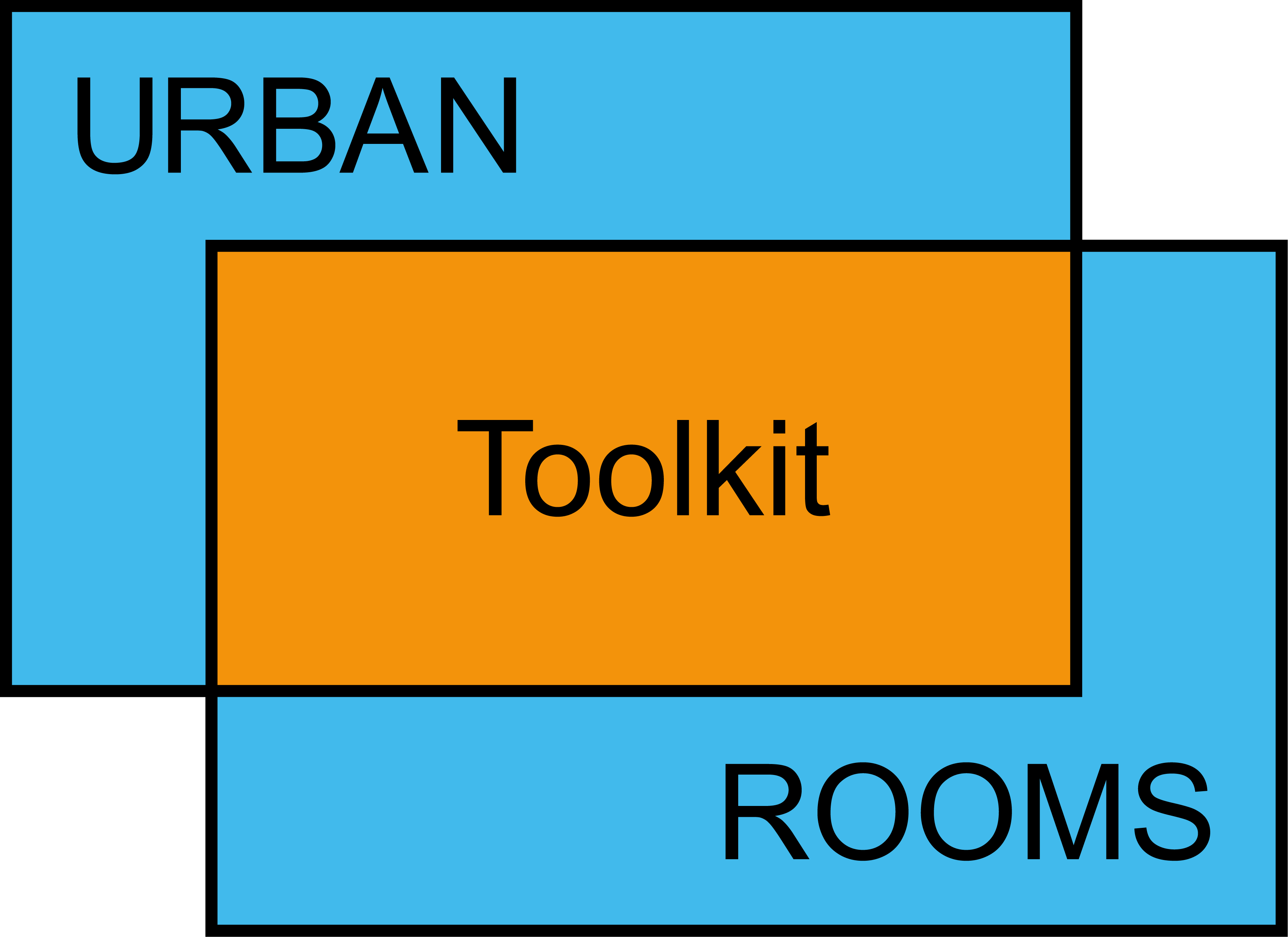


Making the Case
How could an Urban Room help?
Many public and voluntary organisations across the UK have found Urban Rooms to be a useful mechanism to engage people in current issues about their local area. Public sector funding is increasingly linked to expectations around public engagement, with funders requiring robust evidence of diverse community involvement to inform funding applications and project delivery.
The Urban Room model offers a situated approach to public engagement that can, if done creatively and sensitively, encourage marginalised and under-represented groups to contribute their knowledge, ideas and experiences. Urban Rooms come in all shapes, sizes and timescales, and this flexibility brings a level of responsiveness to location, audience and context that encourages meaningful and productive collaboration.
Rather than expecting people to seek out opportunities to participate, the Urban Room is on their high street, in their park or has popped up at their local market. It can also be accompanied by an online space, with an archive of maps, plans and discussions. In this way the Urban Room is breaking down the traditional barriers that exist in public involvement in placemaking, offering a space for a much more inclusive, informed and creative level of participation.
Whether you are working in a local authority, a volunteer in a community group, a university researcher or a creative producer, an Urban Room could be the means to reach new audiences and engage them in their place to develop successful outcomes for your project. An Urban Room can demonstrate the direct and tangible community engagement that can be vital to meeting funding objectives and delivering better and more sustainable placemaking.

Peoples Kitchen Pitsmoor, Sheffield
Making the Case
How could an Urban Room help?
Many public and voluntary organisations across the UK have found Urban Rooms to be a useful mechanism to engage people in current issues about their local area. Public sector funding is increasingly linked to expectations around public engagement, with funders requiring robust evidence of diverse community involvement to inform funding applications and project delivery.
The Urban Room model offers a situated approach to public engagement that can, if done creatively and sensitively, encourage marginalised and under-represented groups to contribute their knowledge, ideas and experiences. Urban Rooms come in all shapes, sizes and timescales, and this flexibility brings a level of responsiveness to location, audience and context that encourages meaningful and productive collaboration.
Rather than expecting people to seek out opportunities to participate, the Urban Room is on their high street, in their park or has popped up at their local market. It can also be accompanied by an online space, with an archive of maps, plans and discussions. In this way the Urban Room is breaking down the traditional barriers that exist in public involvement in placemaking, offering a space for a much more inclusive, informed and creative level of participation.
Whether you are working in a local authority, a volunteer in a community group, a university researcher or a creative producer, an Urban Room could be the means to reach new audiences and engage them in their place to develop successful outcomes for your project. An Urban Room can demonstrate the direct and tangible community engagement that can be vital to meeting funding objectives and delivering better and more sustainable placemaking.

Peoples Kitchen Pitsmoor, Sheffield
